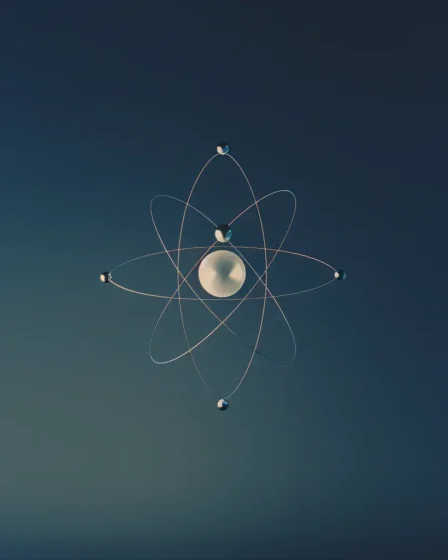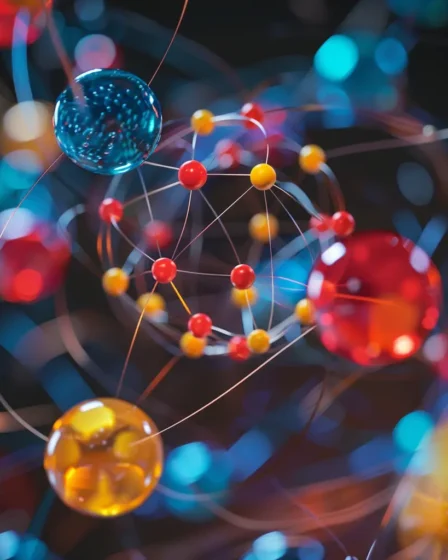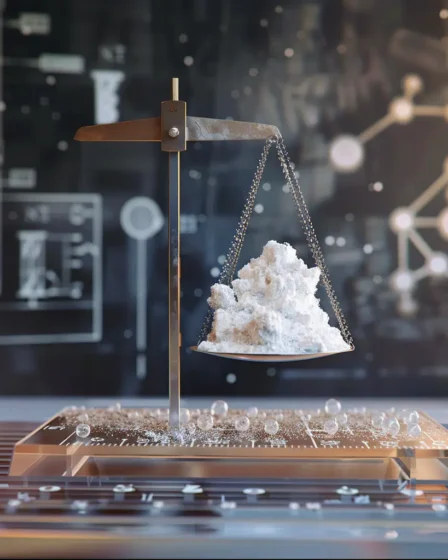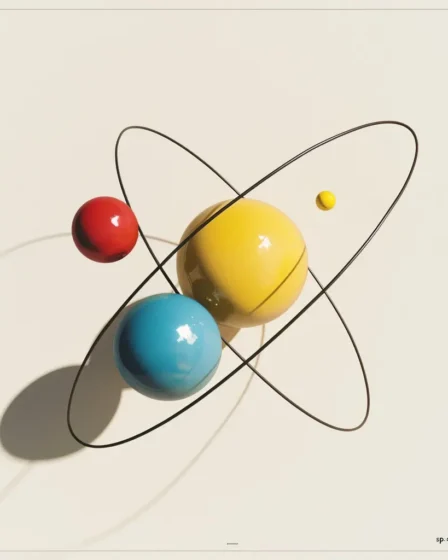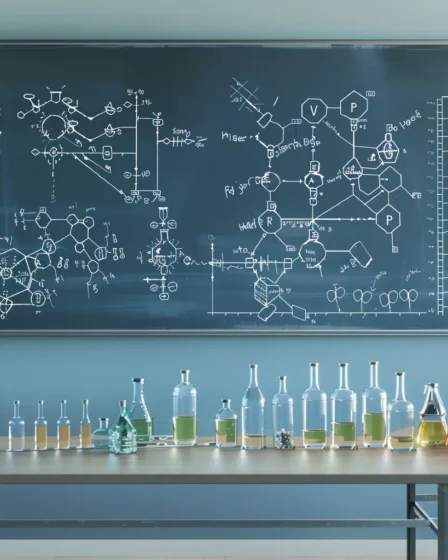The History of Atomic Theories Ancient Ideas and Early Concepts The story of atomic theory starts with ancient philosophical questions about what matter is made of. Long before modern science, thinkers in Greece and India wondered about the basic parts of the universe. These early thoughts set the stage for what would later become a …
Chemistry
Introduction to Photochemistry: Principles, Applications, and Techniques
Introduction to Photochemistry Photochemistry is a branch of chemistry that examines how light can cause chemical changes. It covers both natural events and technological progress. Photochemistry involves studying how light starts chemical reactions, processes, and mechanisms. Its effects are evident in essential biological processes like photosynthesis and vision and in industrial technologies such as photolithography …
Comprehensive Guide to Periodic Trends: Understanding Chemistry’s Core Concepts
Introduction to Periodic Trends Understanding Periodic Trends in Chemistry Periodic trends are fundamental patterns observed in the periodic table that help predict the behavior and properties of elements. In the late 19th century, the Russian chemist Dmitri Mendeleev discovered these trends, later refined by the English physicist Henry Moseley. Mendeleev’s arrangement of elements based on …
Relative Atomic Mass: How to Calculate and Use It in Chemistry
How do you compare the mass of an atom when it’s too small to weigh directly? Scientists use the relative atomic mass, which compares an element’s mass to carbon-12. This method accurately describes atomic masses without units, helping you work with chemical equations and formulas. We will explore the concept of relative atomic mass, how …
Glycerol (Glycerin): Chemical Properties and Reactions
Did you know glycerol, a sweet-tasting, water-attracting compound, is found in everything from food to cosmetics? With its three hydroxyl groups, this triol participates in key reactions like oxidation and esterification, making it a valuable substance in chemistry and industry. We will break down glycerol’s molecular structure, explain its chemical properties, and outline its reactions. …
Enthalpy and Heat Changes in Chemical Reactions
When you boil water for tea or light a candle, heat moves between the system and its surroundings. This exchange is explained by enthalpy, a way to measure the total heat content of a system. Chemists use the enthalpy formula, $H = U + PV$, to calculate heat changes in reactions or phase transitions. In …
The Mole, Amount of Substance, and Avogadro’s Constant
When you buy eggs, you count them in dozens because dealing with each egg individually would be inefficient. Chemists face a similar challenge when working with atoms and molecules, which are far too small to count one by one. To solve this, they use a unit called the mole, which represents $6.022 \times 10^{23}$ particles. …
Hybridization in Chemistry: Examples of sp, sp², and sp³ Types
When carbon dioxide ($CO_2$) forms its linear shape or methane ($CH_4$) adopts a tetrahedral structure, the explanation is hybridization. Hybridization combines atomic orbitals into arranged hybrid orbitals to maximize bonding efficiency and minimize electron repulsion. We will explain hybridization step-by-step. You’ll learn how to identify the type of hybridization (sp, sp², sp³), connect it to …
Understanding Chemical Bonds: A Comprehensive Guide
Chemical bonds are like the glue that holds atoms together, forming the wide variety of substances we see around us. Getting a good grasp of these bonds is important for high school students to understand basic and more advanced chemistry ideas. This guide will explore different types of chemical bonds, how they form, and why …
Solvent: Polar, Nonpolar, Protic, Aprotic And Organic Solvents
When salt dissolves in water, it forms a clear solution, but oil and water refuse to mix. These everyday examples reveal how solvents interact with different substances. A solvent dissolves a solute to create a solution. In this guide, you’ll learn about solvents, including polar, nonpolar, and organic types and their unique chemistry properties. Solvents: …
